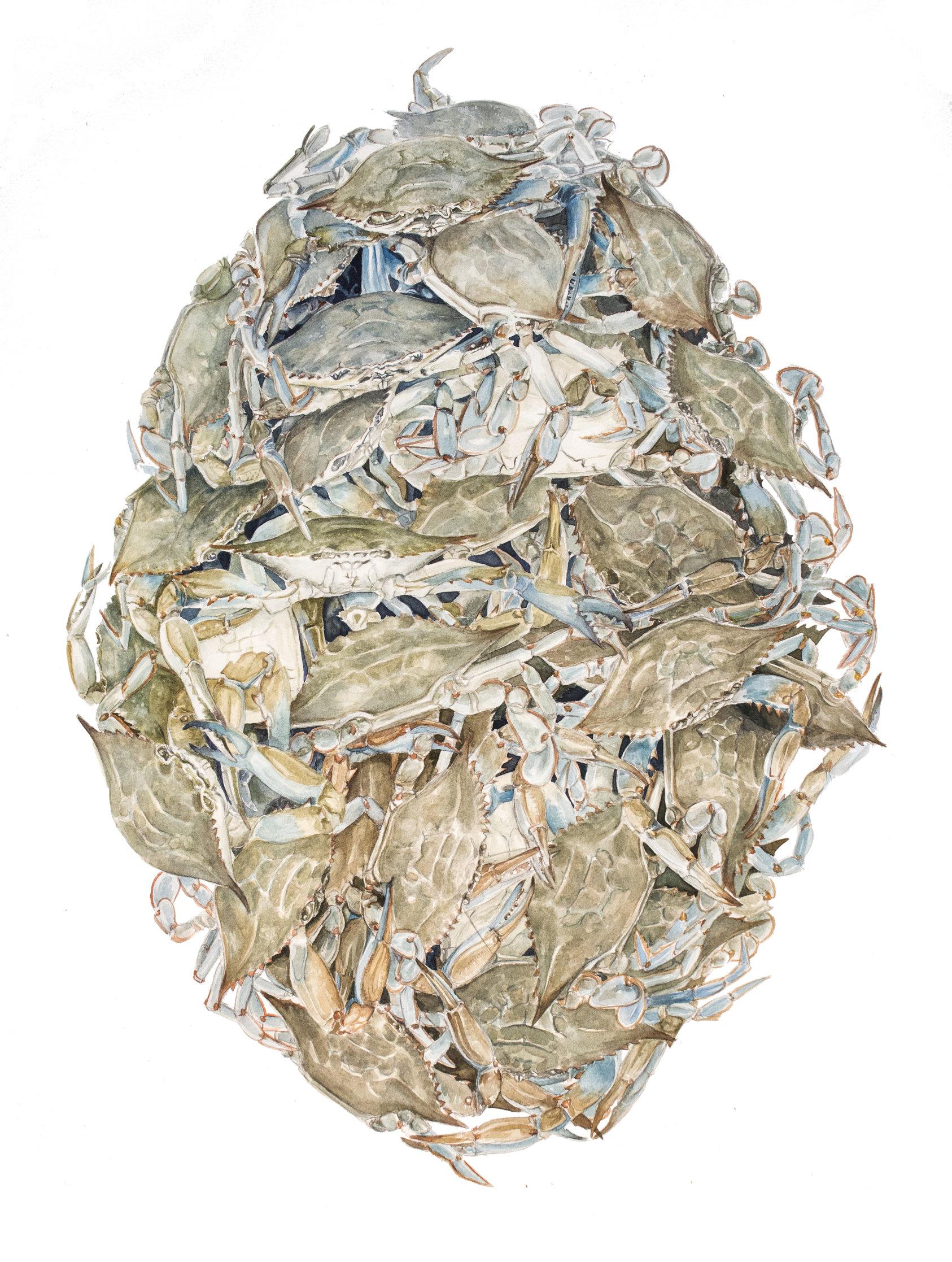by Benjamin Blackhurst
A person walking in the earliest hours in a pea coat, and a top hat or deerstalker, and the weathervane, vain and spinning. Spinning, the stars; it fell in love with constellations. Stellar, syncopated music, shocks. Music in the nearest room. Shocks of grain, off in the distance, prove resilient. There’s so much waiting yarn. O to be joined like that, knit like that. It fell in love with love. Lightning consumes anyway in roughshod razing. The arrangement proves impossible to scrutinize. An inscrutable old man typing away at a manuscript—think rapid fire, vapid vaudeville—in the middle of the field, illuminated. Lights, and under the air, smoke. The sea, a mirror. One more time a woman—she’s remembering in the book—and in the minor tempest she’s jogging by the sea, the waterspouts, illogical heat in this downpour, machine-pressed hay stacks as far as the eye can see in a pattern you can only see top-down. We can see how young and yet wise they are here. There were fish, gutted, eggs strung like burgeoning pearls. Diving was after all more like falling than anyone realized. It fell in love with falling. A demimonde writing an essai (frankly any such person writing an essai) needs an appreciation for Greek battle formations, the Sybil’s pronouncements, and all-out thievery. And there it goes, a person walking late, stealing away, meeting for the sake of meeting. O say we were not spinning, spun!
Author’s Note: I wrote “The Essai” as an ars poetica of sorts. Essais, as I see them, organizes themselves around the associative leaps and arcs of the mind, and the way the essayist gently leads the reader through those associations in order to illuminate larger questions or issues; the structure, the plot (if you will), of an essai is the movement of the mind. In contrast, “The Essai,” organizes itself by Ron Silliman’s “New Sentence.” That is, while each of the individual sentences describe, represent, or allude to some aspects of the essai, “The Essai” works to frustrate and obstruct the reader’s syllogistic understanding. The structure here is the method of association: rather than topics suggesting other topics, association flows from rhyme to rhyme (some traditional, some sense). But, always, they foreground that sine qua non of the essay: association.



